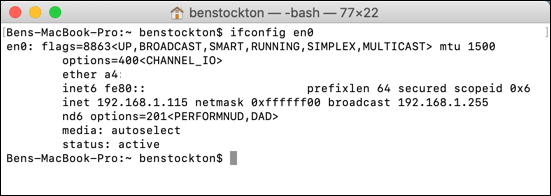
It flushes and reloads the information of the DNS client resolver cache. An adapter can indicate physical interfaces logical interfaces (dial-up connections) or installed network adapters. It shows the complete TCP/IP configuration for every adapter. Some parameters of the ipconfig command are listed and mentioned below: S. The parameter, i.e., /flushdns can be used for clearing the DNS (Domain Name System) cache for ensuring future requests apply new DNS information by pushing hostnames to be fixed from scratch again. In which a system is linked to a DSL modem or cable, it may need to be directly plugged into the modem network port for bypassing the router, before turning off the power and using ipconfig /release for a period, to make sure that the previous IP address is taken by other computers. The second command is ipconfig /renew which runs for requesting a fresh IP address. The first command is ipconfig /release which runs for forcing the client to immediately stop its lease by transferring the server a release notification of DHCP which updates the status information of the server and marks the IP address of an old client as "available".

It is done with two different commands in order.

The ipconfig command contains an additional important feature where it forces refreshing the host computer's DHCP IP address to request a distinct IP address. This outcome is more comprehensive information as compared to ipconfig alone. The command, i.e., ipconfig supports the /all command-line switch. In Linux, the command, i.e., ifconfig has been substituted by the IP command. Also, Mac OS X applies ifconfig for direct control on network interfaces like configuring static IP addresses like almost all Unix-based OSes. In Mac OS X, ipconfig serves as a cover to the IPConfiguration agent and could be used for controlling the DHCP and Bootstrap Protocol client through the command-line interface.

The ReactOS release was developed upon the GPL license by Ged Murphy. The command is present in Apple macOS, ReactOS, and Microsoft Windows. The ipconfig command shows IPv4 (Internet Protocol version 4) and IPv6 addresses, the default gateway for every adapter, and the subnet mask if applied without parameters. It is a program of console application of a few computer OSes that shows every current value of TCP/IP network configuration and refreshes DNS (Domain Name System) and DHCP (Dynamic Host Configuration Protocol) settings. Ipconfig stands for "Internet Protocol Configuration". Next → ← prev Ubuntu ipconfig What is ipconfig?


 0 kommentar(er)
0 kommentar(er)
